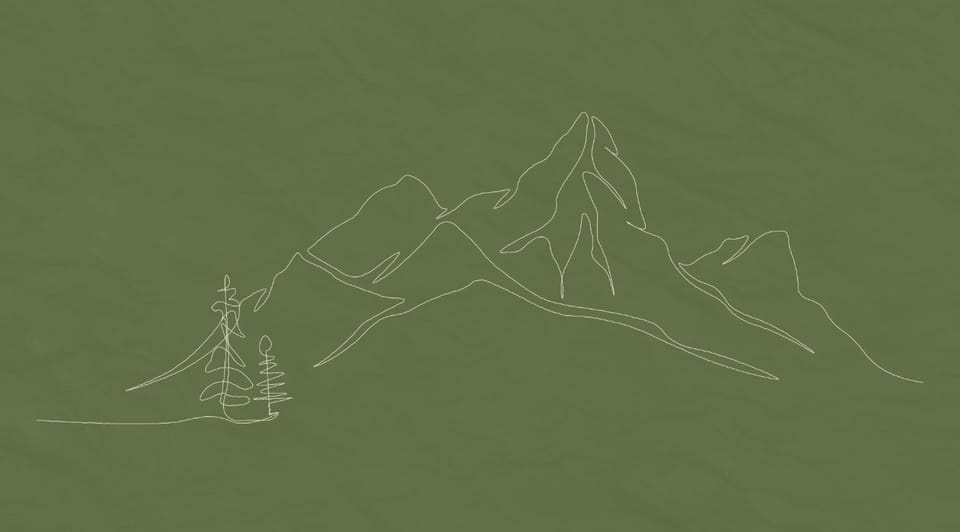Process Document
During the process of this module, I have discovered a new, wide range of technology and design tools I never even considered existed. I have found the seminars and workshops interesting and extremely useful. Technologies are constantly changing and after this module I understand how important it is to keep up to date with these tools.
I had always seen the process of designing as either digital, or hand made, yet I never considered the many different approaches to digital design until this module. My usual approach to designing typically consists of Adobe apps, as these are what I have used over the past 4 years therefore I feel most confident with these tools. However, after realising the range of technology I have been over-reliant on the Adobe software. Although I believe there are opportunities with widely available tools, such as the Adobe Creative Suite, I think it is important in the design industry to consistently be open to try new tools as it is a very competitive field.
Technologies and Experimentation
Each week we were given tasks to experiment with new technologies and tools which influenced my understanding of design.
Week One: The first week we looked into visual framework and how the design process has an impact on the outcome. We reviewed John Maeda’s 10 Laws of Simplicity and chose two principles that we felt aligned with our individual reflections on technology and design at that moment in time; I chose Law 1 Reduce and Law 2 Organise. This task helped me ease into the module and gain a clear understanding of my current position with technology in design.
Our short brief for this week was to create a campaign to raise awareness for a neurodiversity issue. Here is my blog on my groups campaign for dyslexia. Working in a group was a great way to learn more and it was interesting to discuss different perspectives on the brief and share our knowledge on current technologies.
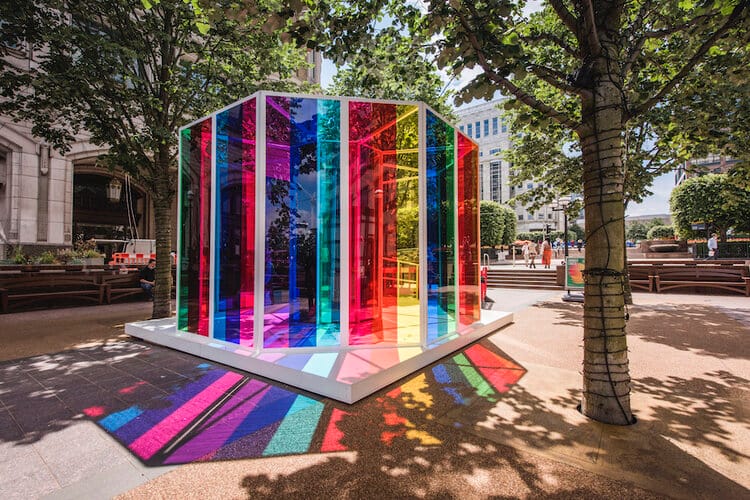
Week Two: This week was about innovations and we started off by looking at interactive technology, such as immersive AR/VR. Our first task was to reflect on a previous project and explore how we could have developed it using one of the technologies we were introduced to during the seminar and here is my blog explaining my ideas. One of the examples that stood out to me was Acqua Alta - Crossing the mirror which is a book where the drawings and paper volumes become the decor of the story, only visible in augmented reality. I was inspired by the idea as it was something I'd never heard of before and during the research process I discovered the advanced capabilities of AR and how accessible it has become.
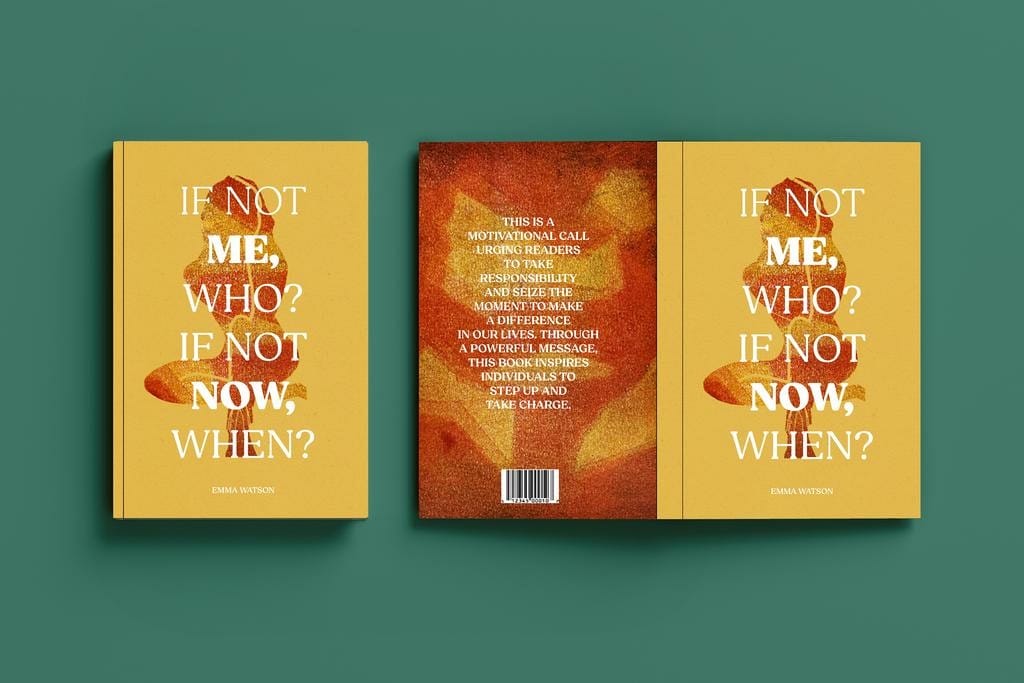
Our second task was to use the skills learned in the AR workshop to create a site-specific AR project that interacts with the environment in the city. I decided to take some ideas from my awareness campaign and bring it to life using Aero Adobe, and here is my blog for my intervention. However, I wasn't completely satisfied with my outcome as I was unable to reach my chosen AR location at the time, so I knew I wanted to revisit this technology.
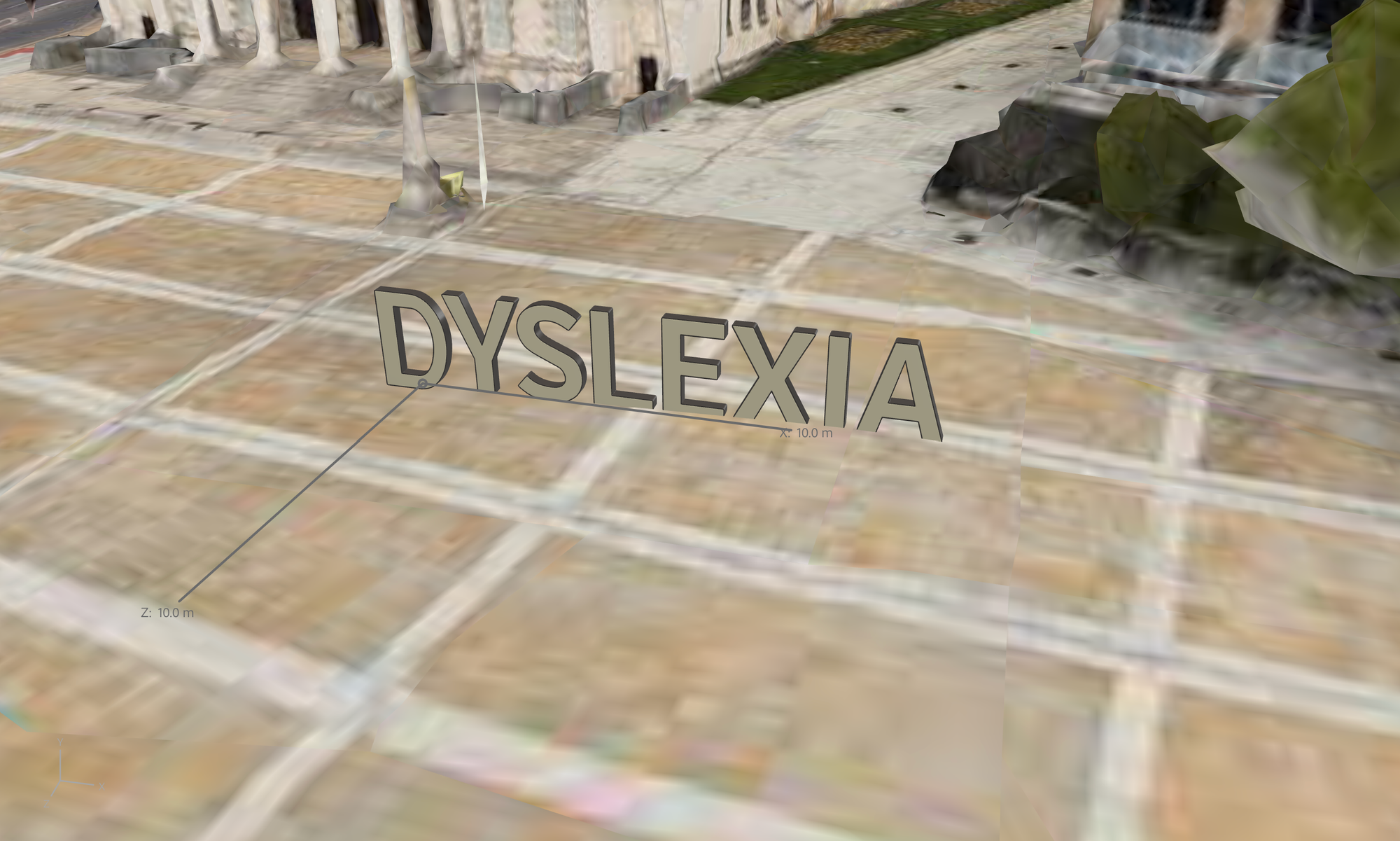
Week Three: This week we focused on our workflow and how our individual infrastructure supports the creative process. To reflect on this, my first brief was to examine my current workflow and explore tools or techniques that could improve it. Here is my blog on identifying my workflow enhancement, considering the tools that were introduced to us during the seminar.
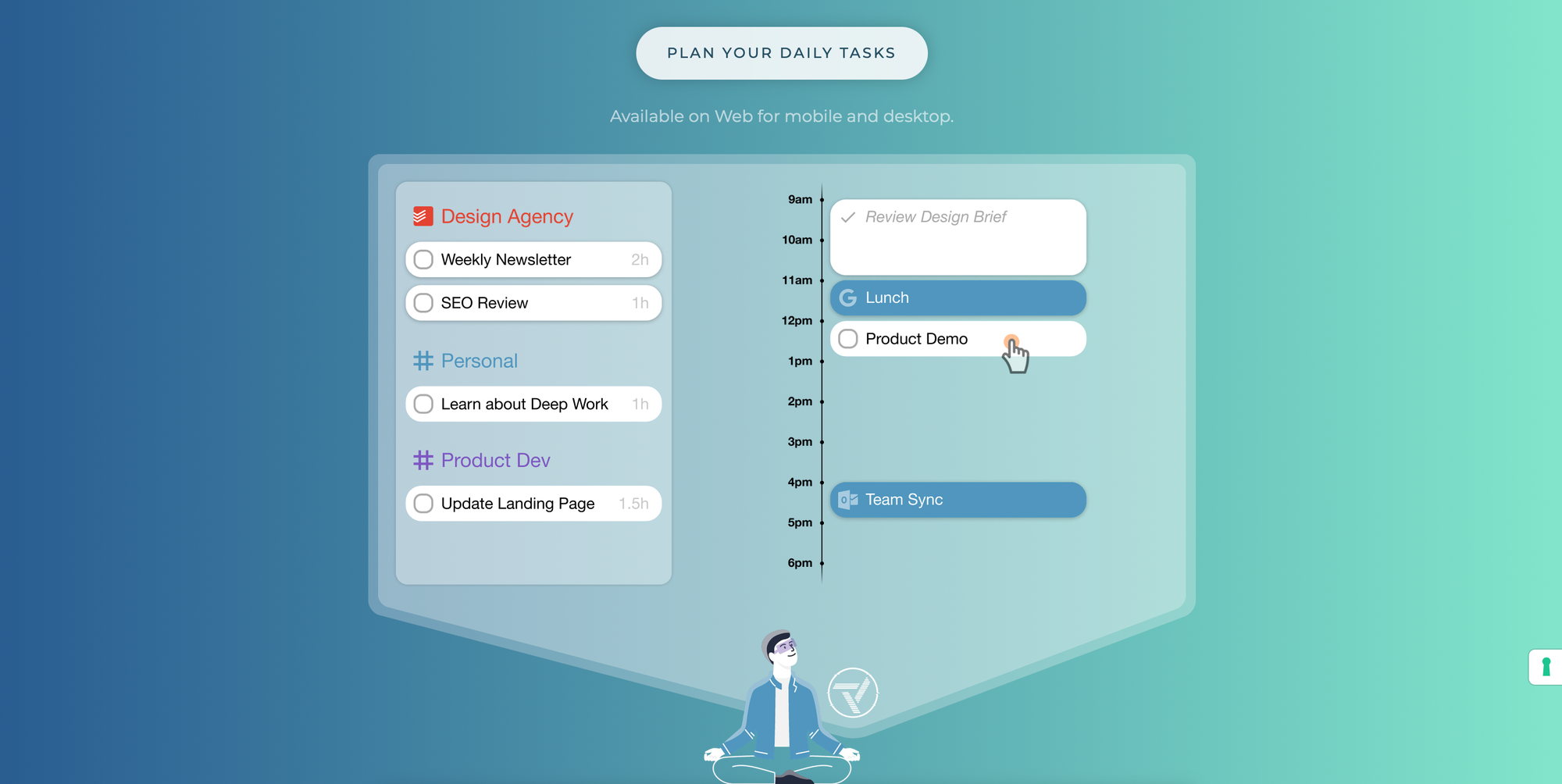
My second task was to create an experimental cover design after being introduced to Processing. Here is my blog for my 100 variation designs. I found coding quite challenging as each piece of information you input has to be very specific, however it is an efficient way to avoid time-consuming repetitive designs.
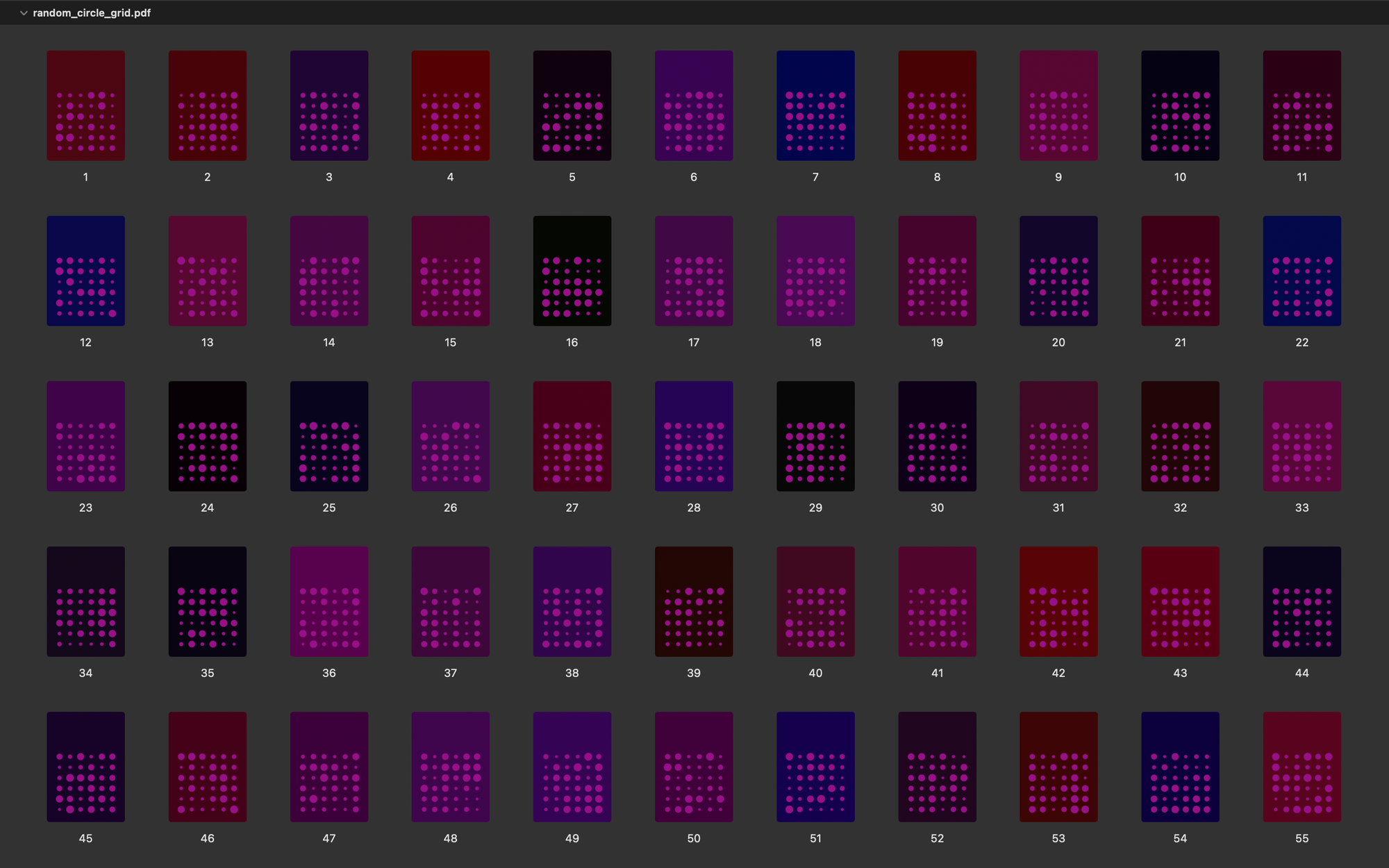
Week Four: This week was about Production as we looked into the changes in production methods over the last 10 years. We were given a 6x6 brief where we had to choose one task and one outcome and here is my blog talking about how I achieved my outcome. I decided to revisit Aero Adobe as I enjoyed the concept of designing a site-specific AR intervention that can be used through the mobile app.
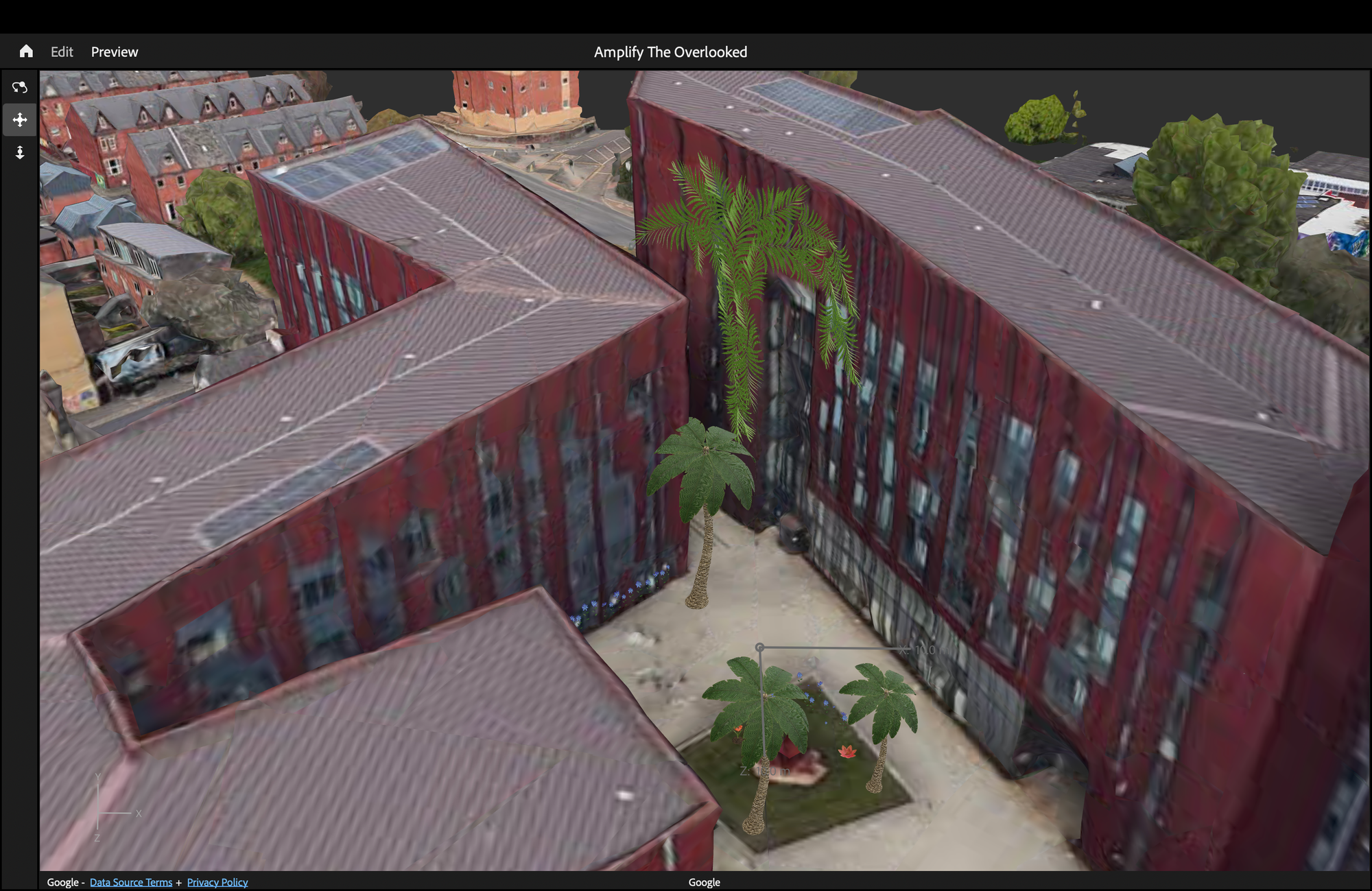
Week Five: The final week was looking at Distribution. Our task was to look at brutalists websites and talk about some that stood out to us; here is my blog with my three chosen brutalist websites. It was interesting to see which websites aligned with traditional and challenging web principles. Understanding which features of these websites attracted my attention and sparked my interest was useful.
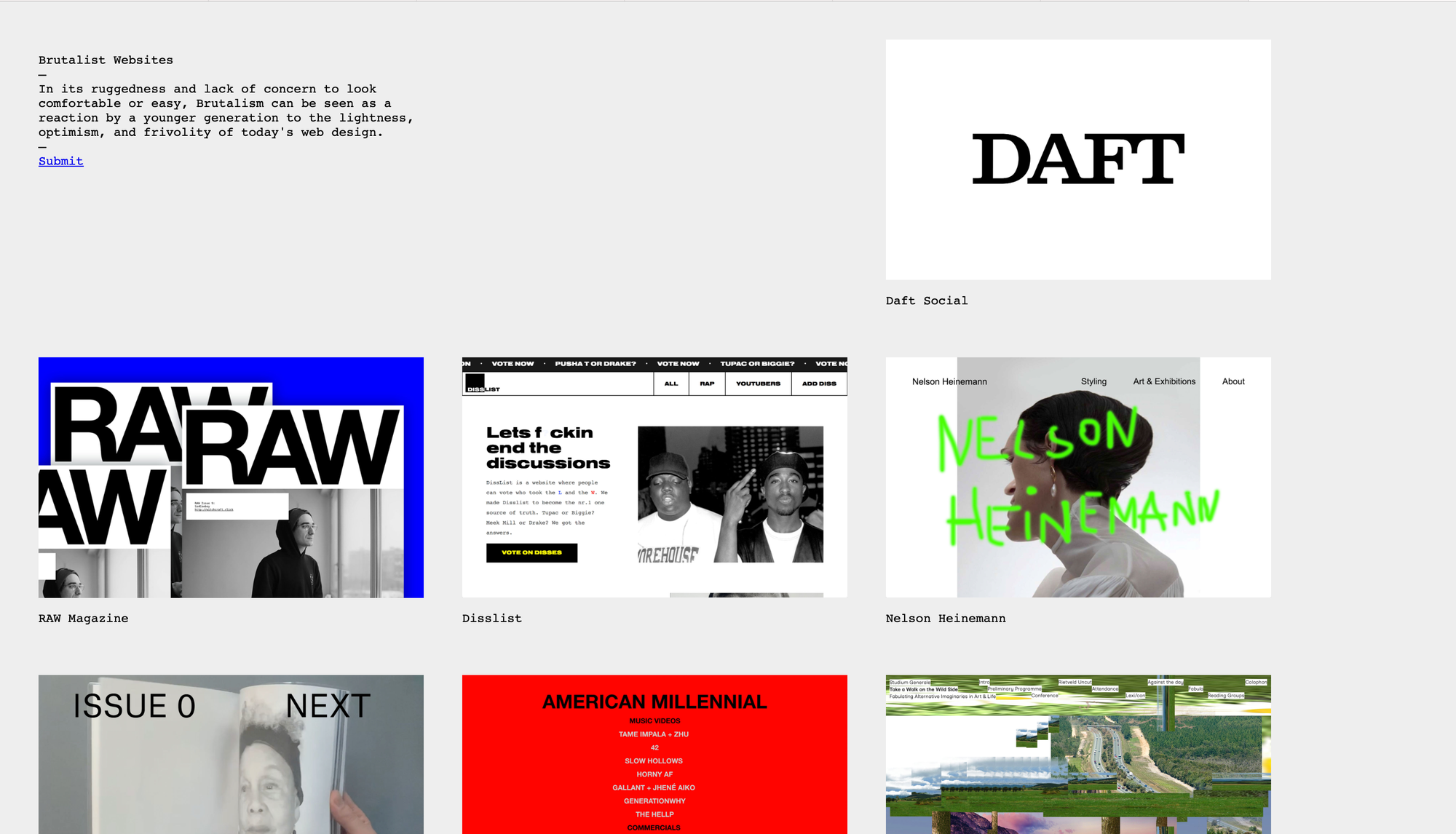
3D Graphics and Motion Design Workshop
Over the past five weeks, along side our seminars, we attended a workshop looking at Cinema 4D and animation. Each week we developed our designs and learnt many skills and tools. Here is my first blog on my blood cell design using Cinema 4D. I found this workshop fun and I am happy with my outcome, as I feel like I am now confident using Cinema 4D to create motion designs. Here is my second blog on my animation using a WACOM graphics tablet. I also enjoyed this workshop as it was easy to pick up and even without the graphics tablet I can still create animations as long as I can access photoshop.
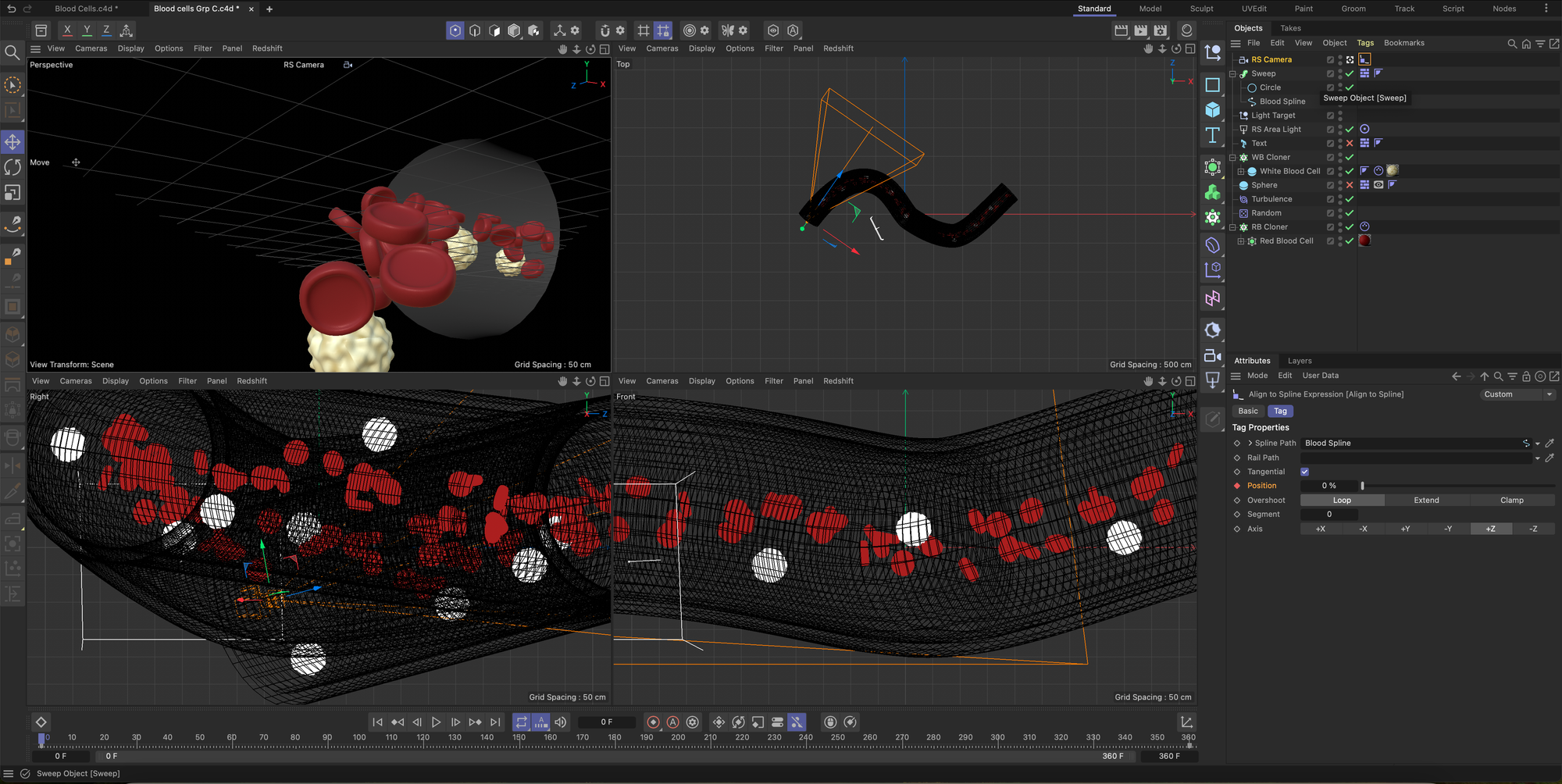
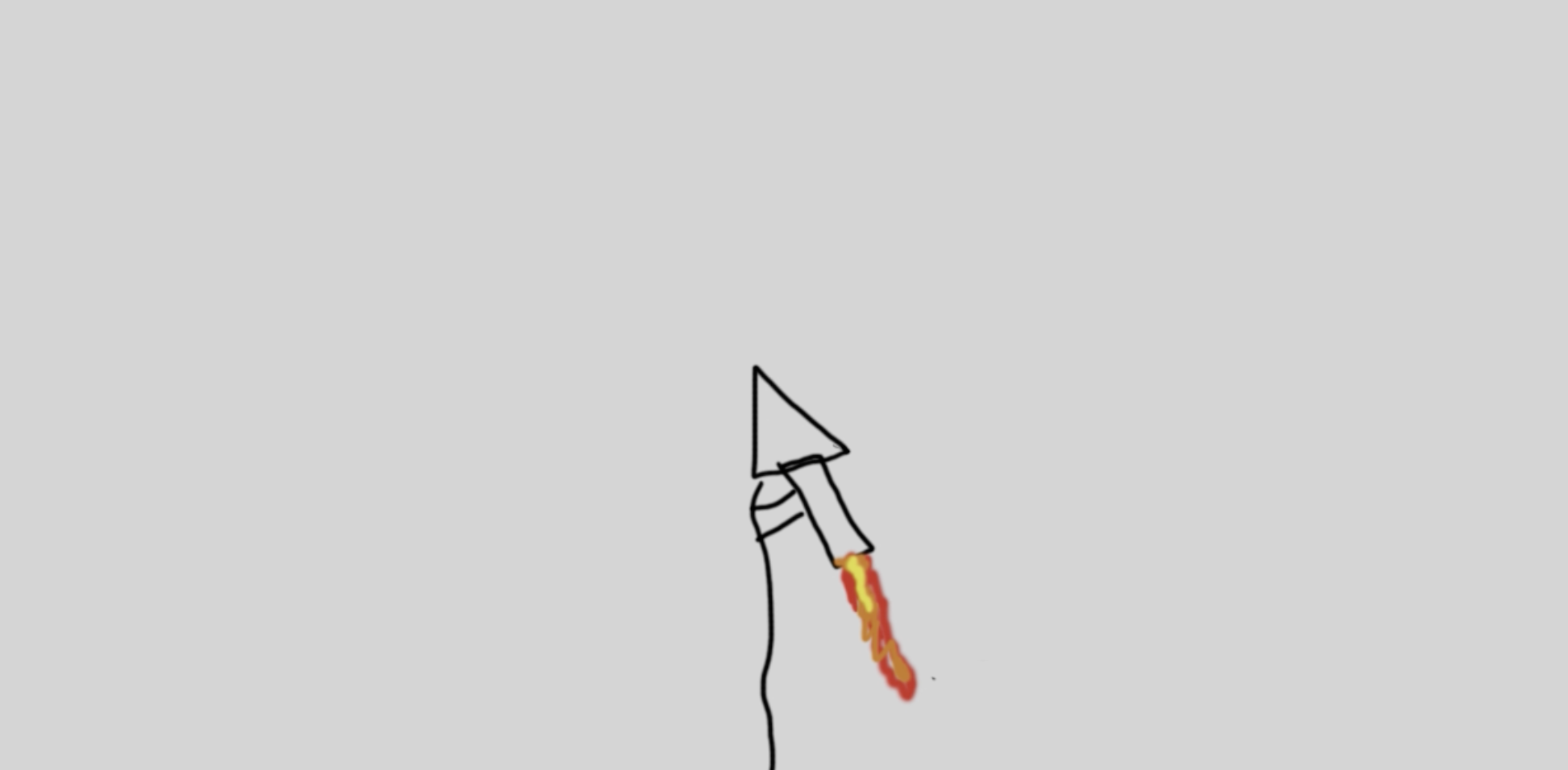
Conclusion
I found this module interesting, eye-opening and engaging. Many of these tools and techniques appear in my everyday life (such as adverts, apps, etc) yet I never considered that they are a big part of graphic design. This module has taught me that as a designer it is important to keep up to date with the upcoming technology, and that having knowledge in a range of areas is useful in the creative field.
One of the technologies I want to explore further is AR technology, specifically Aero Adobe. I found the software relatively easy to navigate and I enjoyed being able to select a specific location on the map to create a 3D design. This app is accessible through Adobe, which I can use from anywhere and I find it easier to manage compared to other technologies. I was particularly drawn to the feature of the mobile app, however when I came to test my design through the app I was disappointed when the design didn't appear as it was on the computer. I would like to attempt this design again but in a more simple location to see if that would improve the outcome.
Another technology I enjoyed was Cinema 4D as I found it easier to create motion graphics compared to other apps, such as after effects or premiere pro. I was grateful for the workshops as it is a very complex app, however I was pleased with the outcome of my blood cells motion graphics. I am interested in continuing to explore Cinema 4D as there are many more features to discover and I think it is a great tool to create unique and realistic designs.
This module was out of my comfort zone as I tend to stick with techniques I have confidence in using, however after exploring and experimenting with these technologies I now feel open to trying new approaches. I definitely have a new outlook on what technology means in relation to graphic design and the impact and importance it has on my work. Looking back to the start of the module when we reviewed John Maeda’s 10 Laws of Simplicity and I chose Reduce and Organise as my most important values, I would change my two choices after what I have learnt throughout the module. Now I believe the most important factors to designing are Law 4 Learn and Law 9 Failure.
